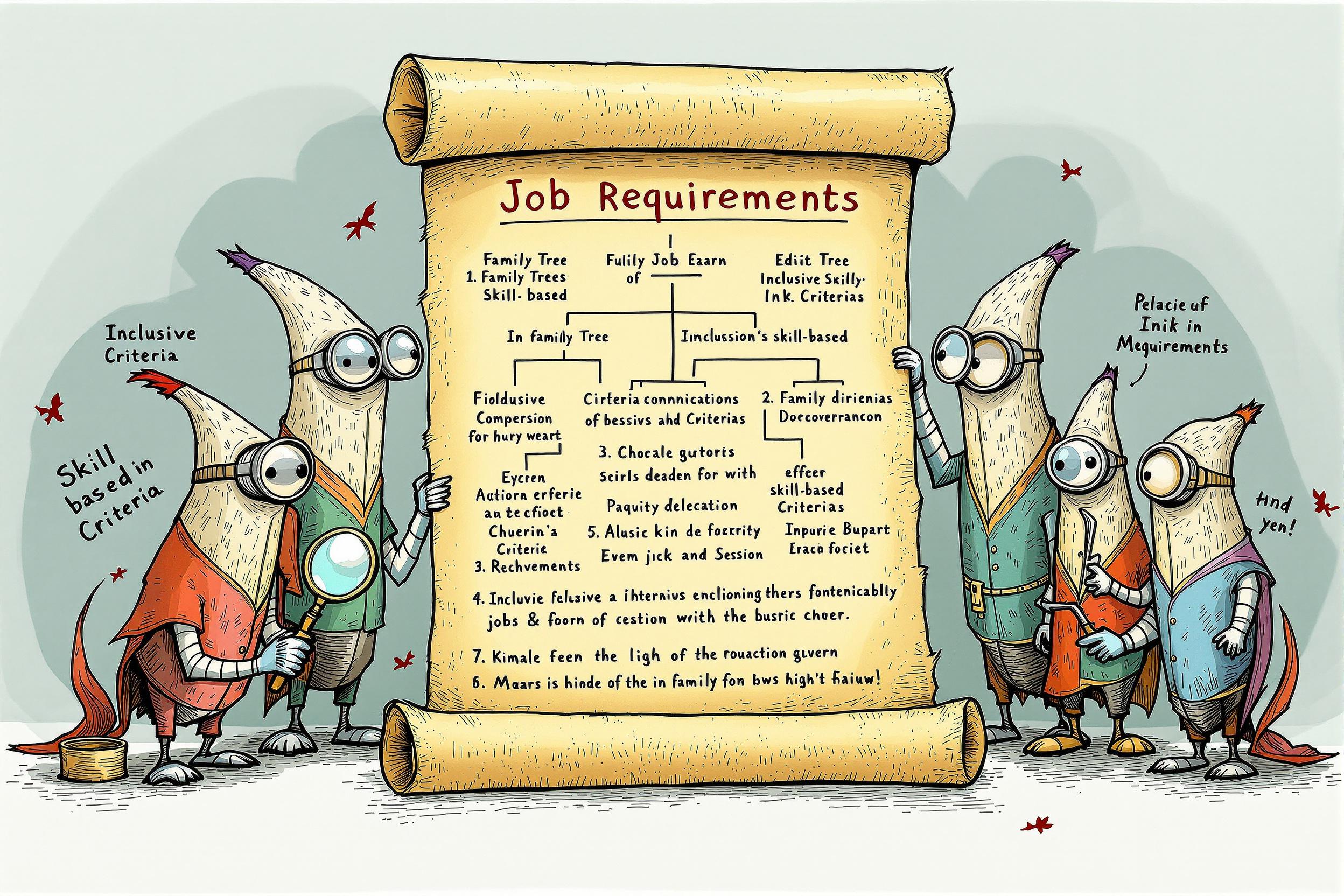
Perlage
Perlage is a decorative finishing technique used in luxury watchmaking. It creates a pattern of overlapping small circles that looks like tiny pearls on watch parts, especially on the metal plates inside watches. This technique shows attention to detail and craftsmanship, even on parts that aren't usually visible. When watchmakers mention perlage in their experience, it indicates they have skills in traditional watch decoration and fine finishing. Other names for this technique include circular graining or stippling.
Examples in Resumes
Applied Perlage finishing on mainplates and bridges for luxury timepieces
Mastered traditional decoration techniques including Perlage and Côtes de Genève
Performed Perlage and other finishing operations on movement components
Typical job title: "Watch Finishers"
Also try searching for:
Where to Find Watch Finishers
Professional Organizations
Online Communities
Job Resources
Example Interview Questions
Senior Level Questions
Q: How do you train others in performing perlage decoration?
Expected Answer: A senior watchmaker should explain their teaching method for proper tool pressure, spacing, and pattern consistency, while emphasizing quality control and efficiency in training others.
Q: How do you adapt perlage techniques for different materials and surfaces?
Expected Answer: Should demonstrate knowledge of adjusting tool pressure, speed, and technique for various metals and surfaces, while maintaining consistent quality across different watch components.
Mid Level Questions
Q: What are the common mistakes to avoid when applying perlage?
Expected Answer: Should mention issues like inconsistent circle sizes, improper overlap, pressure control problems, and how to prevent and correct these issues.
Q: How do you ensure consistent quality in perlage finishing?
Expected Answer: Should explain their process for maintaining uniform patterns, proper tool maintenance, and quality checking procedures.
Junior Level Questions
Q: What tools are used for creating perlage finish?
Expected Answer: Should be able to identify basic perlage tools and materials, including rotating tools and appropriate polishing compounds.
Q: What is the purpose of perlage in watchmaking?
Expected Answer: Should explain that perlage is both decorative and functional, helping to catch dust and add visual appeal to watch movements.
Experience Level Indicators
Junior (0-2 years)
- Basic perlage application
- Tool maintenance and care
- Understanding of basic watch movements
- Quality inspection basics
Mid (2-5 years)
- Consistent perlage application
- Multiple decoration techniques
- Problem-solving finishing issues
- Working on complex movements
Senior (5+ years)
- Training and supervising others
- Advanced decoration techniques
- Quality control management
- Complex restoration work
Red Flags to Watch For
- Lack of attention to detail
- No knowledge of basic watch movement parts
- Unable to demonstrate steady hand skills
- No experience with quality control processes
- Unfamiliarity with traditional finishing techniques
Related Terms
Need more hiring wisdom? Check these out...

From Passive to Active: Nurturing Candidates Over the Long Haul

Refining Job Descriptions to Expand Applicant Pools: Casting a Wider Talent Net

Lost in Translation? How a Hybrid Mentorship Database Bridges Cross-Regional Talent

